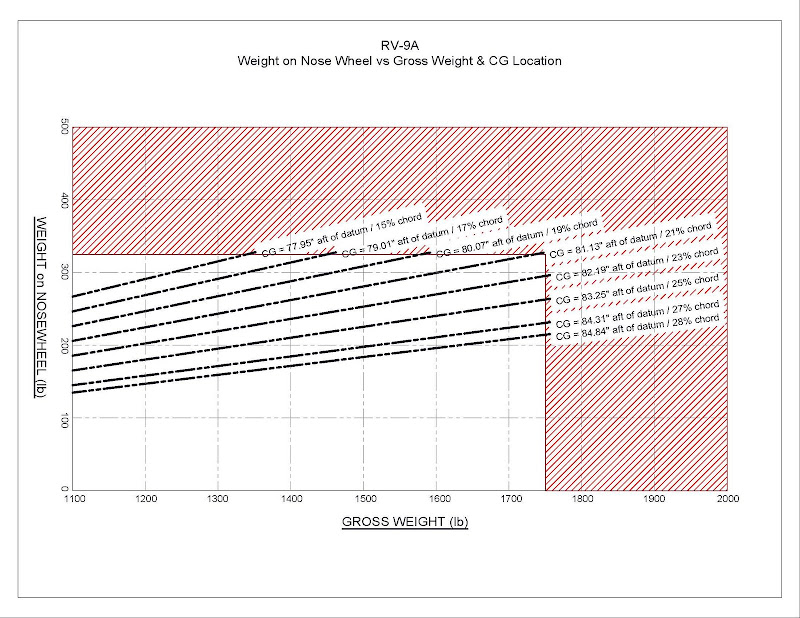It's time to solve the problem and quit waiting for someone else to do it for us
Testing steel for hardness is routine stuff. There are two primary tests: the Rockwell test is used for a quick and dirty figure of merit, the Brinell test is better but a bit more involved. Both are affordable as far as I know. The test would want to be done to several sections of the gear leg to check for non-uniform heat treatment. To the degree possible, unbent sections should be selected to avoid the strain hardening that occurred. Important: tests should be performed on the center of the leg as well as the surface to determine what degree they are surface hardened vs. through hardened.
There may be testing services closer to AZ than So Cal, but I didn't find it.
http://www.thermal-vac.com/services/index.html
There is perhaps a better way to skin this cat, however. I seem to remember direct testing of shaft strength by suspending each end of the leg on vee blocks, and then applying calibrated force via hydraulic ram to the center of the shaft. Both spring rate and ultimate yield could be determined directly. Those are the numbers you
really want. Of course, the leg would have to be straightened first.
I would be surprised if certified aircraft vendors don't do something like this.
Best,
T.J.
Ted, You've actually segued into a subject more likely to lead to some fruitful end. Let's
close some doors and see where the future leads us.
For example, my good buddy who is one of the most successful trial lawyers in the USA says that a legal challenge to Vans would be expensive and probably not productive. Let's assume that door is closed.
Based on the reply I got when I spoke to Vans which went something like: "We've never bent a gear in 4000 hours", it's apparent the vendor has no plans to address this further. That saddens me but, apparently, that door appears closed.
Improved piloting skills are always a positive so that door needs to remain open and further explored. As the expression goes: "A good pilot is always learning". Is there one person amongst us all who can video landings and document the way to avoid this? I'll bet there is some adventuresome soul out there who's willing to provide footage. Yes, I had transition training and got my BFR during that training, but would I watch a video on this subject?
You bet.
Would others who are building A's watch this video?
You'd have to be nuts not to.
An improved front gear is also an idea. Given the incredible talent that has entered into this discussion time and time again, it is apparent that this door is wide open too.
BOTTOM LINE: When all else fails, creative people solve their own problem. Surely we have the ability to produce video that demonstrates the problem/solution and suggests the best approach speeds to avoid oscillation.
Surely, we have the ability to consolidate nose gear improvement ideas onto one website to teach others how to beef up the front gear.
Surely, we also have the ability to identify a better gear, get it built, and find someone in our midst who will test it. I've only been flying for 4 years, but some of the threads I read suggest that our talent pool is extraordinary.
What I'm proposing that instead of bashing Vans, hiring lawyers, or converting A's to tail draggers, we create a national RV committee which will address this issue. Each "nose dragger" should seed the committee with $100 so there are funds to work with, and solve the **** problem.
Surely there is a CPA amongst us where we can send the CONTRIBUTIONS and form a committee that decides how to spend it.
Trust me, I don't wanna go thru this again and I don't want anyone else to go thru it either. I should be out there making holes in the blue Tucson sky, instead I'm removing what was a perfectly good Sensenich prop and warming up my credit card.
My gear will be available for testing soon. If we can organize and identify areas of responsibility, let's just solve the problem and quit waiting for someone else to do it for us.
Barry
Tucson
520-797-0265





